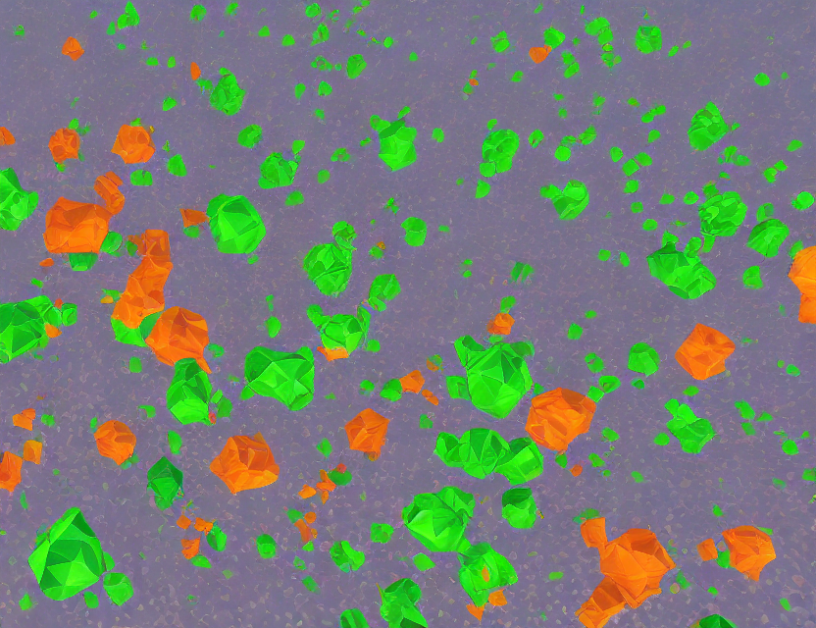Spatial confounding is a common challenge in causal inference, where the relationship between the treatment and outcome is affected by unobserved variables that vary smoothly over space. In this article, we review recent methods to address this issue, which involve generating synthetic counterfactuals using various machine learning techniques.
- Data Collection: A data collection is a group of variables from publicly available data related to a specific topic or theme. From these collections, we can create causal inference environments or SpaceEnvs by specifying a treatment, outcome, and set of confounders. Each environment contains synthetic counterfactuals with metadata like edge lists or geographic coordinates.
- SpaceDatasets: A SpaceDataset is obtained by masking a group of related confounders in each SpaceEnv. These datasets are used to evaluate the performance of different methods for overcoming spatial confounding.
- Methods Reviewed: The article reviews three recent methods for generating synthetic counterfactuals to overcome spatial confounding: (1) using embeddings to correct for unobserved confounding in networks, (2) evaluating the impact of long-term exposure to fine particulate matter on mortality among the elderly, and (3) Hydra – a framework for elegantly configuring complex applications.
- Key Terms: The article introduces three key terms to facilitate its presentation: DataCollection, SpaceEnv, and SpaceDataset. These terms are used throughout the article to describe the data generation pipeline and the evaluation of different methods for overcoming spatial confounding.
- Summary: Overall, this article aims to provide a comprehensive review of recent methods for addressing spatial confounding in causal inference. By generating synthetic counterfactuals using machine learning techniques, these methods can help us better understand the relationship between treatments and outcomes in complex datasets. The article provides a detailed overview of each method, highlighting their strengths and limitations, to help researchers choose the most appropriate approach for their specific needs.



